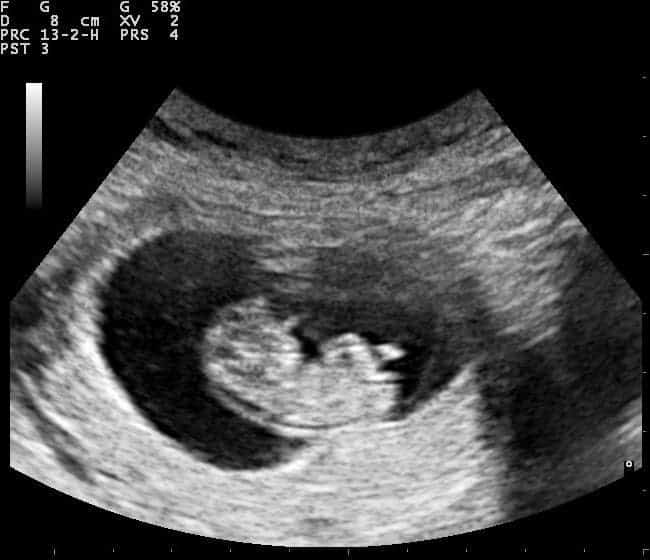Autism or autism spectrum disorder (ASD), refers to a broad-range of lifelong, developmental disability that affects how a person communicates with and relates to other people and how they experience the world around them. Research suggests that autism develops from a combination of genetic and nongenetic, or environmental influences.

Scientists have recently identified a link between exposure to high levels of estrogen sex hormones in the womb and increased risk of developing autism. The findings of the research supported by the Autism Research Trust, the Medical Research Council, and Wellcome, are published in the journal Molecular Psychiatry.
This study is the first to show that elevated levels of prenatal amniotic estradiol, estriol and estrone are each associated with autism, with estradiol levels being the most significant predictor of the likelihood of autism. The discovery adds further evidence to support the prenatal sex steroid theory of autism, which was first proposed two decades ago.
In 2015, a team of scientists at the University of Cambridge and the State Serum Institute in Denmark measured the levels of four prenatal steroid hormones. The scientists discovered that androgens in the amniotic fluid were higher in male fetuses who developed autism. These androgens are produced in higher quantities in male than in female fetuses on average, so it could explain why autism occurs more often in boys. They are also known to masculinize parts of the brain and to affect the number of connections between brain cells.
The same group of scientists has built on their previous findings by testing the amniotic fluid samples from the same 98 individuals sampled from the Danish Biobank. Amniotic samples from more than 100,000 pregnancies were measured but this time looking at another set of prenatal sex steroid hormones called estrogens. This is an essential next step because some of the previously-studied hormones are directly converted into estrogens.
All four estrogens were significantly higher, on average, in the 98 fetuses who developed autism later, compared to the 177 fetuses who did not develop autism. High levels of prenatal estrogens were even more predictive of the likelihood of autism than were high levels of prenatal androgens (such as testosterone). Prenatal estrogens have effects on brain growth and masculinize the brain in many mammals (contrary to the popular belief of estrogen feminizing the brain).
Professor Simon Baron-Cohen, Director of the Autism Research Centre at the University of Cambridge, who led this study and who first proposed the prenatal sex steroid theory of autism, said: “This new finding supports the idea that increased prenatal sex steroid hormones are one of the potential causes for the condition. Genetics is well-established as another, and these hormones likely interact with genetic factors to affect the developing fetal brain.”
Alex Tsompanidis, a PhD student in Cambridge who worked on the study, said: “These elevated hormones could be coming from the mother, the baby or the placenta. Our next step should be to study all these possible sources and how they interact during pregnancy.”
Dr Alexa Pohl, part of the Cambridge team, said: “This finding is exciting because the role of estrogens in autism has hardly been studied and we hope that we can learn more about how they contribute to fetal brain development in further experiments. We still need to see whether the same result holds true in autistic females.”
The team cautioned that these findings cannot and should not be used to screen for autism. “We are interested in understanding autism, not preventing it,” added Professor Baron-Cohen.
Dr. Arieh Cohen, the biochemist on the team based at the State Serum Institute in Copenhagen, said: “This is a terrific example of how a unique biobank set up 40 years ago is still reaping scientific fruit today in unimagined ways, through international collaboration.”


